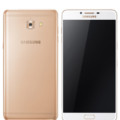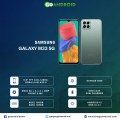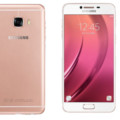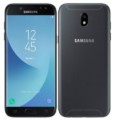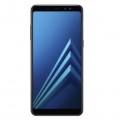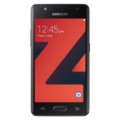Samsung Galaxy Note 8
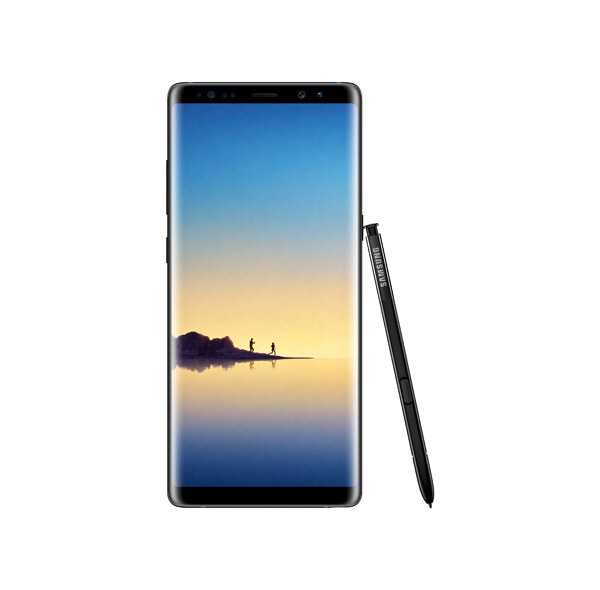

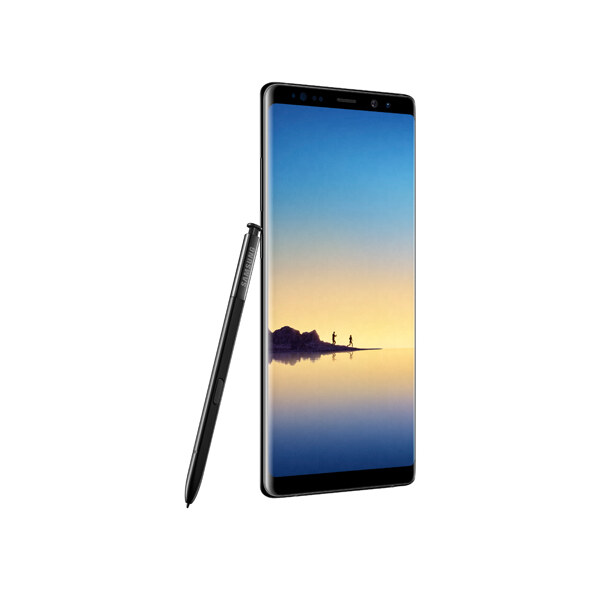

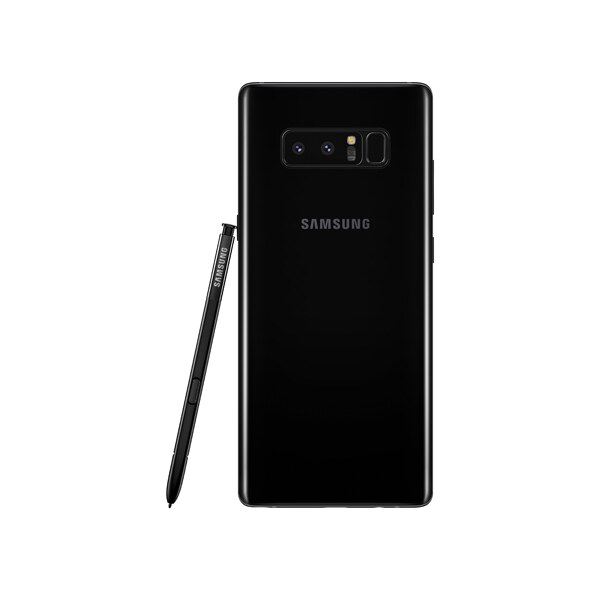
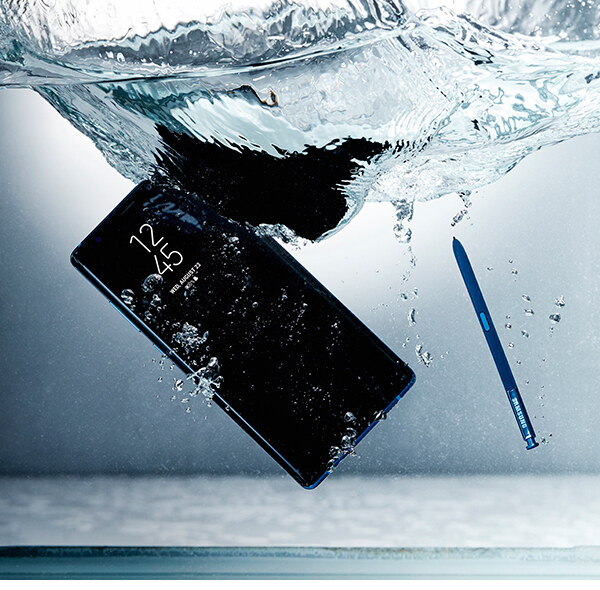
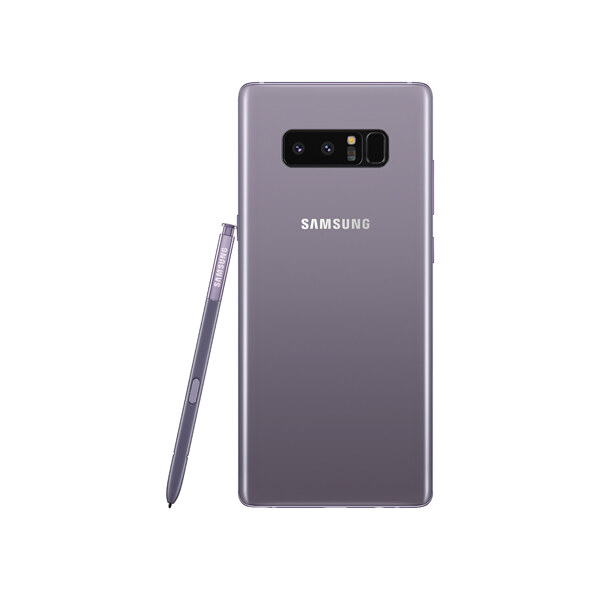
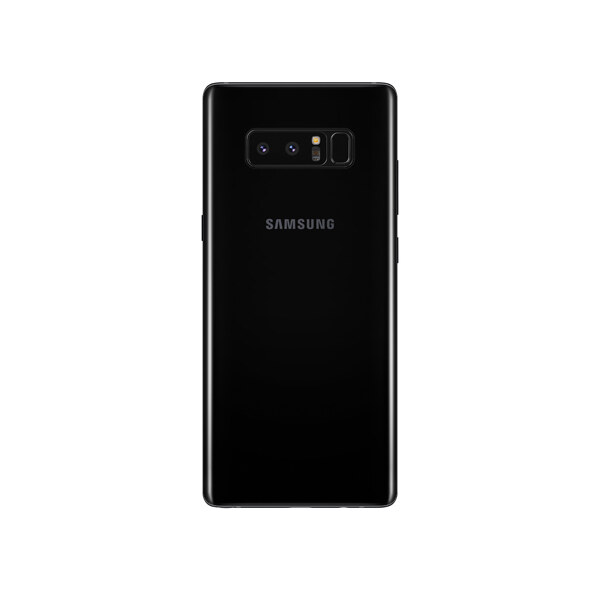
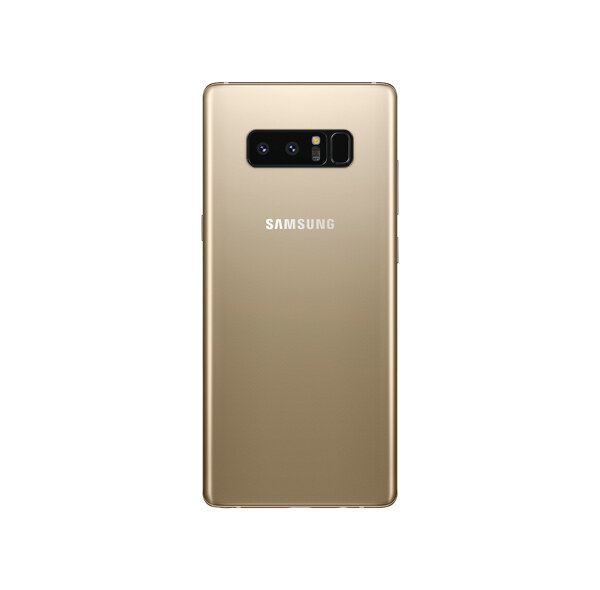
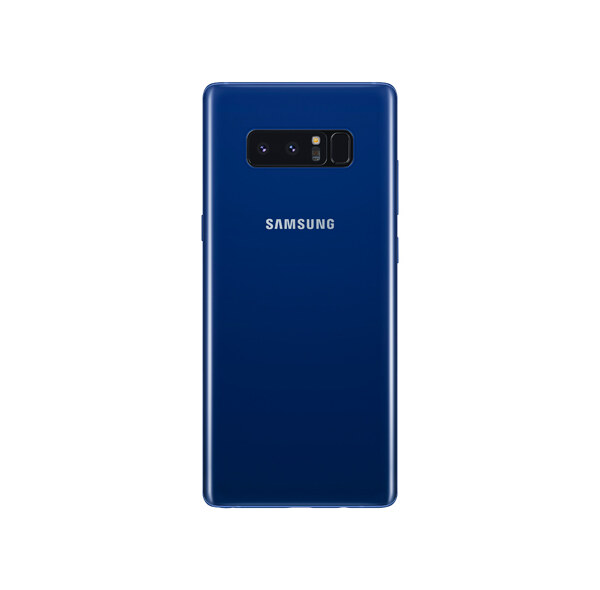
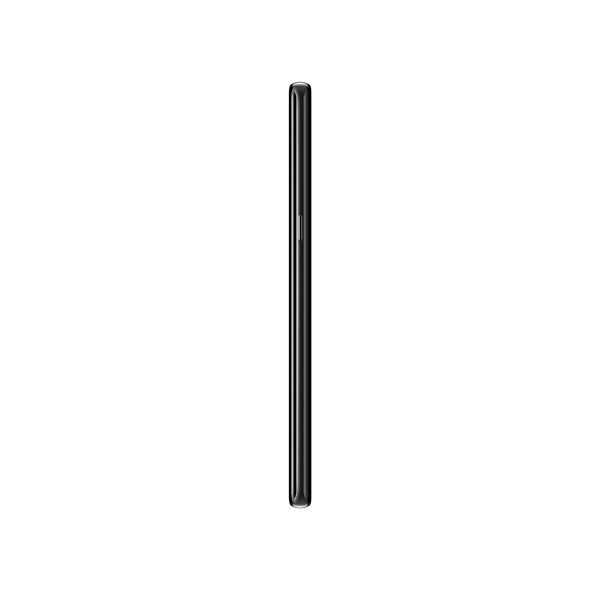
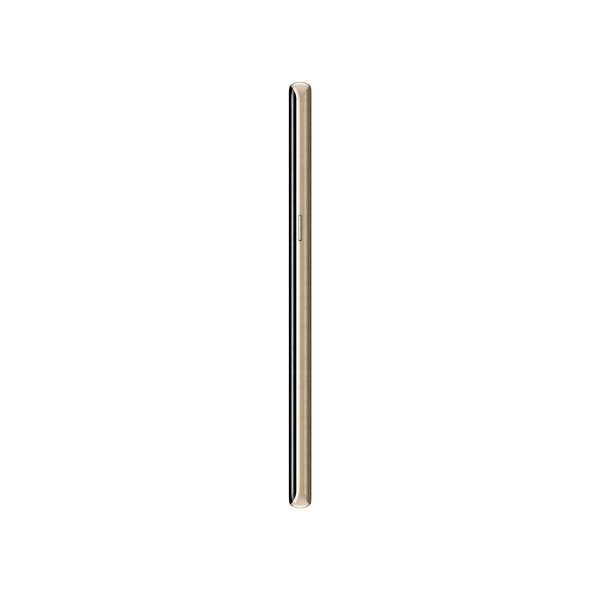
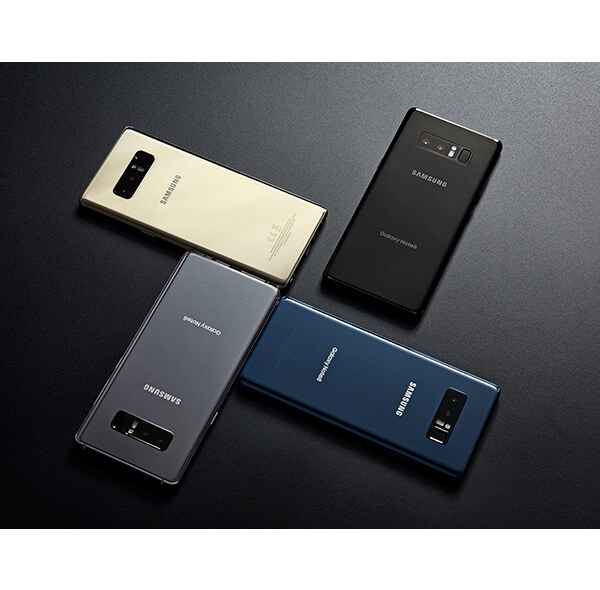
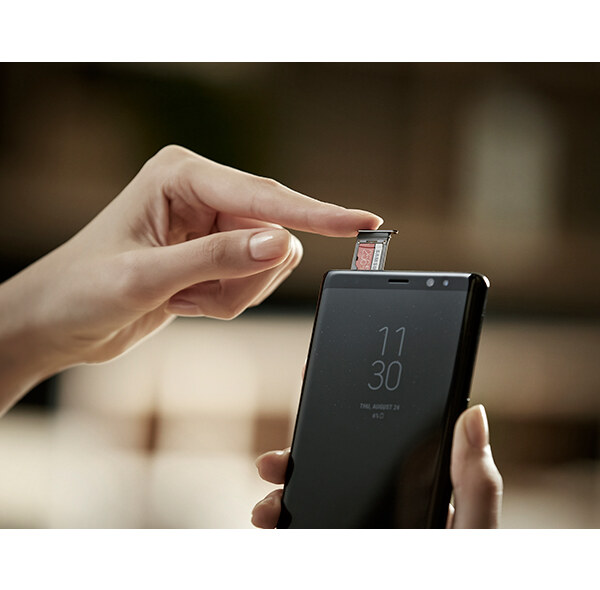
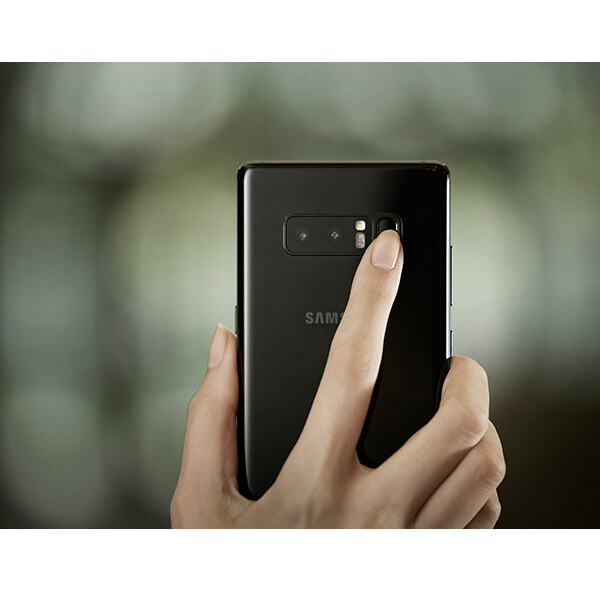
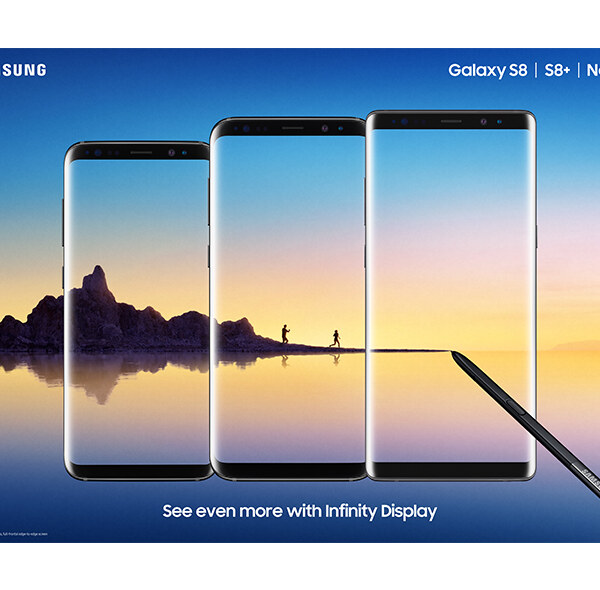
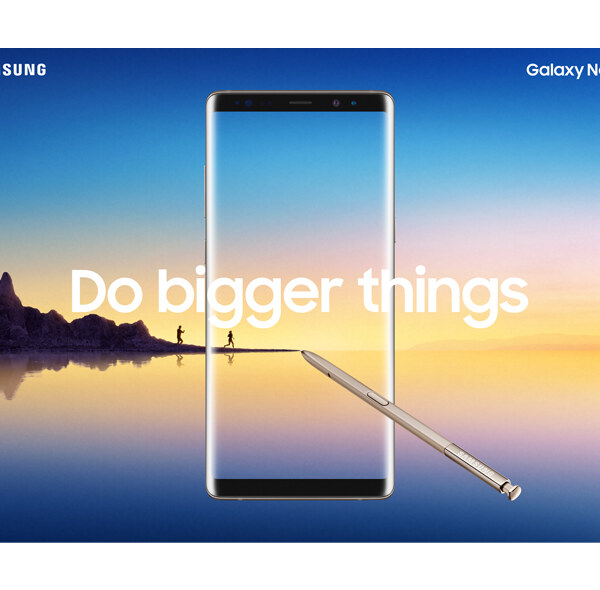
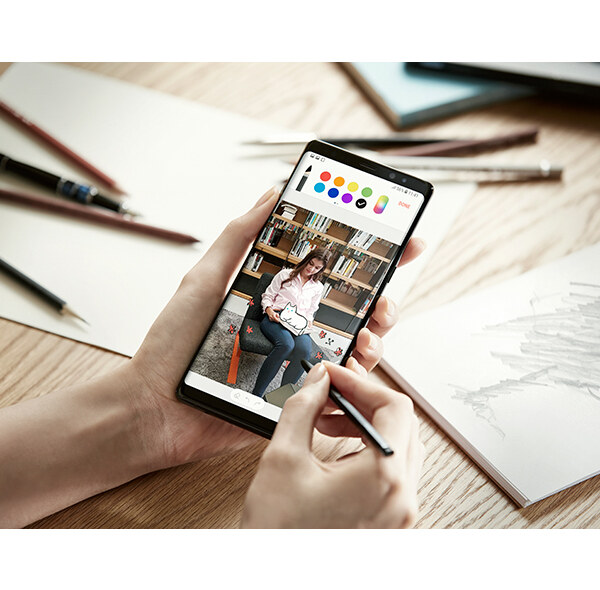
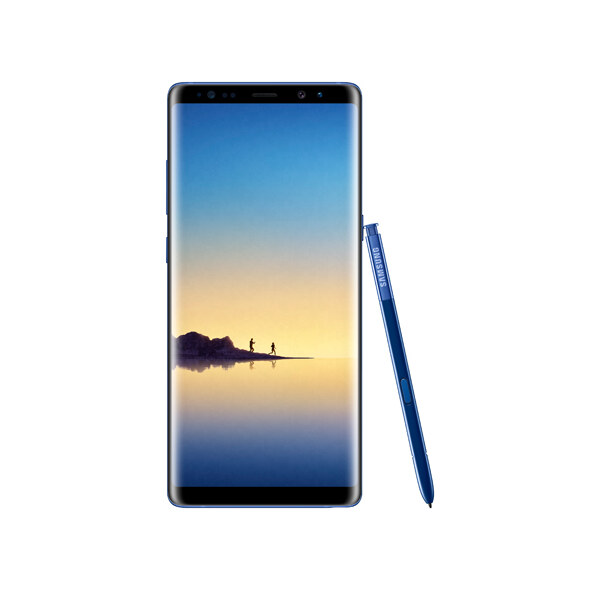
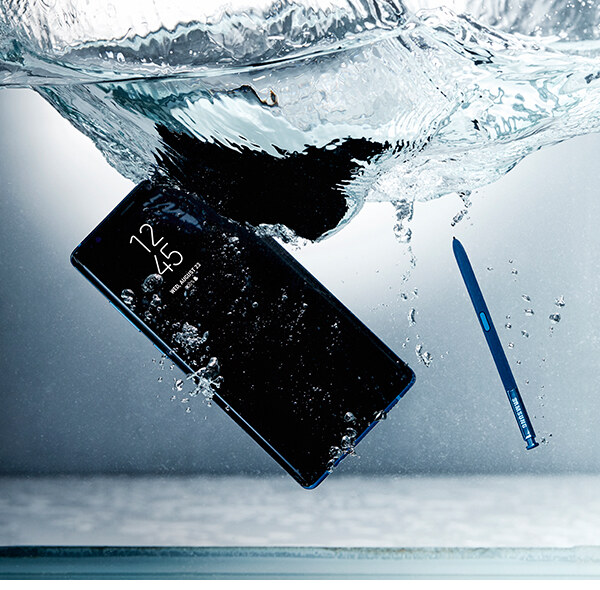
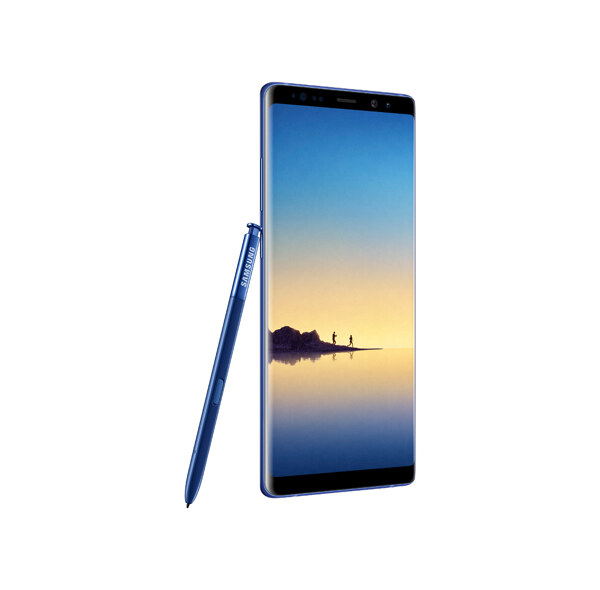
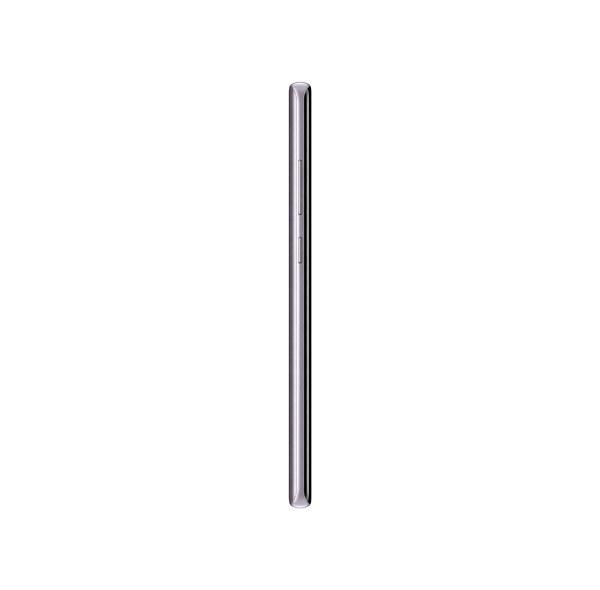
-
Processor: Qualcomm Snapdragon 835(Octa core (2.3GHz Quad + 1.7GHz Quad processor/Octa core (2.35GHz Quad + 1.9GHz processor)
-
RAM: 6GB (LPDDR4)
-
Storage: 64GB/128GB/256GB
-
Display: 6.3-inch
-
Camera: Dual 12MP/8MP
-
OS: Android 7.1 (Nougat)
The Samsung has announced its new smartphone that is Samsung Galaxy Note 8. The phone comes in the Midnight Black, Maple Gold, Orchid Grey, and Deep Sea Blue colours variant. The price is not available as of now.
Display and Design
The Samsung Galaxy Note 8 comes with the 6.3-inch Quad HD+ Super AMOLED touchscreen display. It has a display resolution of 2960×1440 with a pixel density of 521ppi. The dimensions measures at 162.5 x 74.8 x 8.6mm with a weight of 195g. The S-Pen measures 5.8 x 4.2 x 108.3mm with a weight of 2.8g. The phone is certified with IP68 dust and water resistance which is awesome. The display is a shield with Corning Gorilla Glass 5 protection.
Hardware and Software
The Samsung Galaxy Note 8 runs on the Grace UI based on Android 7.1 (Nougat) operating system. It is powered by Qualcomm MSM8998 Snapdragon 835 chipset:
- Octa core (2.3GHz Quad + 1.7GHz Quad), 64bit, 10nm processor
- Octa core (2.35GHz Quad + 1.9GHz Quad), 64bit, 10nm processor.
The phone has 6GB (LPDDR4) of RAM. It packs a 64GB/128GB/256GB of internal storage that can be expandable up to 256GB via Micro SD card.
Camera and Battery
As far as the camera is concerned, the Galaxy Note 8 packs a primary Dual Camera with Dual OIS:
- Wide-angle: 12MP Dual Pixel AF, F1.7, OIS
- Telephoto: 12MP AF, F2.4, OIS
The phone packs an 8MP front camera for shooter selfies and video calls. The primary camera is capable of 2160p@30fps, 1080p@60fps, 720p@240fps, HDR, dual-video recording.
It includes Geo-tagging, simultaneous 4K video and 9MP image recording, touch focus, face/smile detection, Auto HDR, panorama. The smartphone is backed by Li-Ion 3,300mAh capacity with the Non-removable battery. The phone is the feature of Fast battery charging with Qi wireless charging which is quite superb.
Sensors and Connectivity
The Sensors on the phone have included:
- Accelerometer Sensor,
- Barometer Sensor,
- Fingerprint Sensor,
- Gyro Sensor,
- Geomagnetic Sensor,
- Hall Sensor,
- Heart Rate Sensor,
- Proximity Sensor,
- RGB Light Sensor,
- Iris Sensor, and
- Pressure Sensor.
Some Connectivity options have included:
- Wi-Fi 802.11 a/b/g/n/ac (2.4/5GHz), VHT80 MU-MIMO, 1024QAM,
- Bluetooth® v 5.0 (LE up to 2Mbps),
- ANT+,
- GPS with A-GPS, GLONASS, BDS, GALILEO,
- NFC, and
- USB Type-C.
Samsung Galaxy Note 8 - Specs
Network
Design
-
Type Design Type called form factor refers to a mobile phone's size, shape, and style as well as the layout and position of major components of phone. There are three major form factors seen in mobile phones => bar phones, folding phones and sliding phones.Bar
-
Dimensions162.5 x 74.8 x 8.6mm
-
Weight195g
-
WaterproofIP68 dust and water resistance
-
ColorsMidnight Black, Maple Gold, Orchid Grey, and Deep Sea Blue
Display
-
Display Type Display Technology => A number of display technologies and types used in mobile phones => TFT (Thin Film Transistor), IPS (In-Place Switching), OLED (Organic Light Emitting Diode), AMOLED (Active-Matrix Organic Light-Emitting Diode), Super AMOLED (an even advanced version of AMOLED), Resistive Touchscreen (Resistive touchscreens contain two layer of conductive material with a very small gap between them which acts as a resistance), Capacitive Touchsceen (Capacitive touchscreen technology consists of a layer of glass coated with a transparent conductor)Quad HD+ Super AMOLED
-
Size6.3-inch
-
Resolution2960x1440
-
Display Colors Display Colors is refers to the number of different shades of colors that the screen is capable of displaying => 64K colors, 256K colors and 16 million colors, Obviously 16M is highest available range of colors and better than others.16M colors
-
Pixel Density Pixel Density (PPI) is refers to the concentration of pixels on a particular display, measured in pixels per inch (ppi). Pixel density is calculated by dividing the diagonal pixel resolution of a display by its diagonal size, higher pixel density better display quality.521ppi
-
Display Protection Display Protection => Gorilla Glass is a special alkali-aluminosilicate glass shield with exceptional damage resistance that helps protect mobile displays from scratches, drops, and bumps of everyday use, It is always better to go for a smartphone with Gorilla Glass for that added protection and peace of mind.Corning Gorilla Glass 5
-
FeaturesSMS(threaded view), MMS, Email, Push Mail, IM
Browser HTML5
Java No
- Samsung Desktop Experience support
- Fast battery charging
- Qi wireless charging (market dependent)
- ANT+ support
- S-Voice natural language commands and dictation
- MP4/DivX/XviD/WMV/H.265 player
- MP3/WAV/WMA/eAAC+/FLAC player
- Photo/video editor
- Document editor
Software
-
Operating System OS => Every computer system run on a base software called Operating System (OS). Operating System controls all basic operations of the computer (such as smartphone, PDAs, tablet computers and other handheld devices). The Operating System allows the user to install and run third party applications (apps), apps are used to add new functionality to the device.Android 7.1 (Nougat)
-
Skin UI or user interface of a device is the look and feel of the on-screen menu system. How it works, its color scheme, how it responds to button presses, all of these things are part of the user interface.Grace UI
Hardware
-
Chipset Chipset is a group of integrated circuits designed to perform one or a more dedicated functions, often with real time computing constraints, Popular smartphones are equipped with more advanced embedded chipsets that can do many different tasks depending on their programming.Qualcomm MSM8998 Snapdragon 835
-
CPU CPU (Central Processing Unit) mostly known as processors, CPU processes instructions in order to carry out certain functions that make your device operate properly. Processors are often described as the brain of computers, smartphones and tablets, Smartphones and tablets rely on processors to carry out their every task, Processors are an incredibly important factor in selecting any type of computing device, including your smartphone.Octa core (2.3GHz Quad + 1.7GHz Quad), 64bit, 10nm processor/Octa core (2.35GHz Quad + 1.9GHz Quad), 64bit, 10nm processor
-
RAM (Memory) RAM (Random Access Memory) is a type of computer memory that can be accessed randomly, any byte of memory can be accessed without touching the preceding bytes that allows information to be stored and accessed quickly from random locations. RAM is the most common type of memory found in computer systems, smartphones, tablets and other electronic devices.6GB (LPDDR4)
-
Internal Storage Internal Storage is a data storage space (flash memory) mostly used in smartphones, tablets and other electronic devices where operating system, apps, music, photos, videos, files and other user data Is stored.64GB/128GB/256GB
-
Card Slot Memory Card Slot is a special slot for inserting a memory card. Memory cards allow you to expand the phone's built-in memory, A memory card (sometimes called a flash memory card or a storage card) is a small storage medium used to store data such as text, pictures, audio, and video, for use on small, portable or remote computing devices such as mobile phones, mp3 players, digital cameras.up to 256GB
-
Sensors Sensors are electronic components that detects and responds to some type of input from the physical environment. The specific input could be light, heat, motion, moisture, pressure and location, The output is generally a signal that is converted to use in computing systems, a location sensor, such as a GPS receiver is able to detect current location of your electronic device.Accelerometer Sensor,
Barometer Sensor,
Fingerprint Sensor,
Gyro Sensor,
Geomagnetic Sensor,
Hall Sensor,
Heart Rate Sensor,
Proximity Sensor,
RGB Light Sensor,
Iris Sensor, and
Pressure Sensor.
Camera
-
Primary Camera is able to capture photographs and usually videos, The most important characteristics of a camera are the resolution (measured in megapixels), lens focus type (fixed or automatic), higher megapixel cameras are known to capture higher quality photos, but not always a good measurement of the photos quality.Dual 12MP
-
Video2160p@30fps, 1080p@60fps, 720p@240fps
-
Camera FeaturesGeo-tagging, simultaneous 4K video and 9MP
image recording, touch focus, HDR, face/smile detection, Auto HDR, panorama.
Battery
-
Battery Type Battery Type => Cell phones run on various kinds of batteries depending on the manufacturer, phone size or shape and features. There are basically four types of cell phone batteries => Lithium Polymer, Lithium Ion, Nickel Metal Hydride and Nickel Cadmium.Li-Ion (Lithium Ion)
-
Capacity Battery Capacity is a measure (typically in Amp-hr) of the charge stored by the battery, and is determined by the mass of active material contained in the battery. The battery capacity represents the maximum amount of energy that can be extracted from the battery under certain conditions.3,300mAh
Connectivity
-
Bluetooth Bluetooth is a wireless communications technology for exchanging data between mobile phones, headsets, computers and other network devices over short distances without wires, Bluetooth technology was primarily designed to support simple wireless networking of personal consumer devices.v 5.0 (LE up to 2Mbps)
-
Wi-fi Wi-Fi is a popular wireless networking technology using radio waves to provide high-speed network connections that allows devices to communicate without cords or cables, Wi-Fi is increasingly becoming the preferred mode of internet connectivity all over the world.Wi-Fi 802.11 a/b/g/n/ac (2.4/5GHz), VHT80 MU-MIMO, 1024QAM
-
Infrared Infrared connectivity is an old wireless technology used to connect two electronic devices. It uses a beam of infrared light to transmit information and so requires direct line of sight and operates only at close range.
-
USB3.1, Type-C 1.0
-
GPS GPS The Global Positioning System is a satellite-based radio navigation system, GPS permits users to determine their position, velocity and the time 24 hours a day, in all weather, anywhere in the world, In order to locate your position, your device or GPS receiver must have a clear view of the sky.A-GPS, GLONASS, BDS, GALILEO
-
NFC NFC (Near field communication) is a set of standards for smartphones and similar devices to establish peer-to-peer radio communications with each other by touching them together or bringing them into proximity, usually no more than a few inches.
-
Headphone Jack


